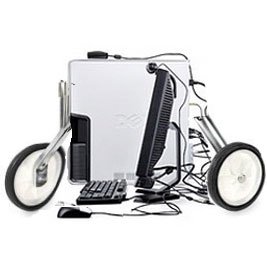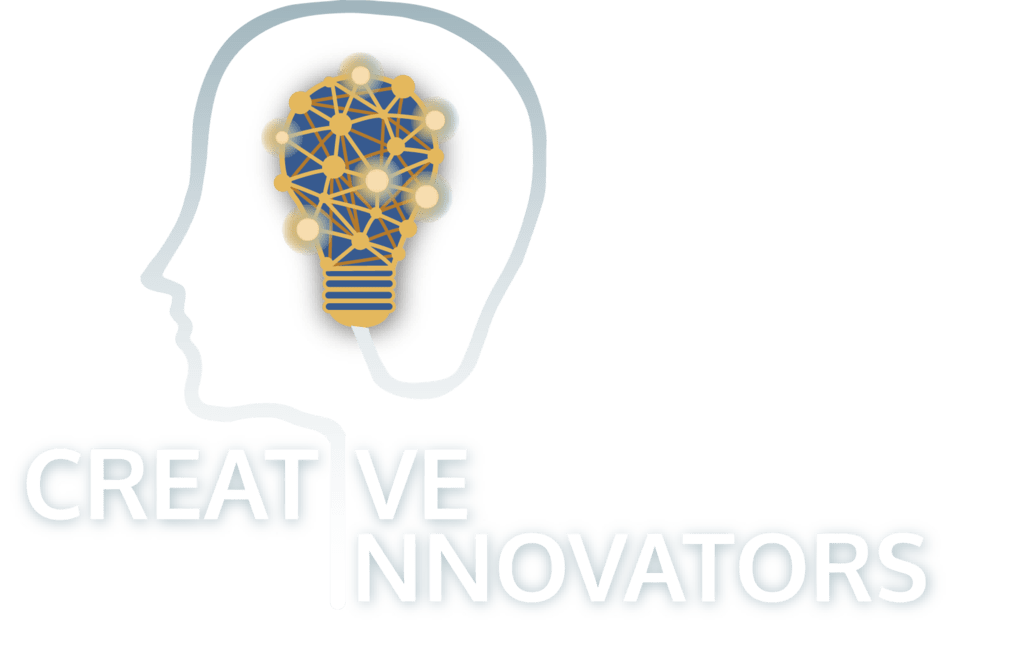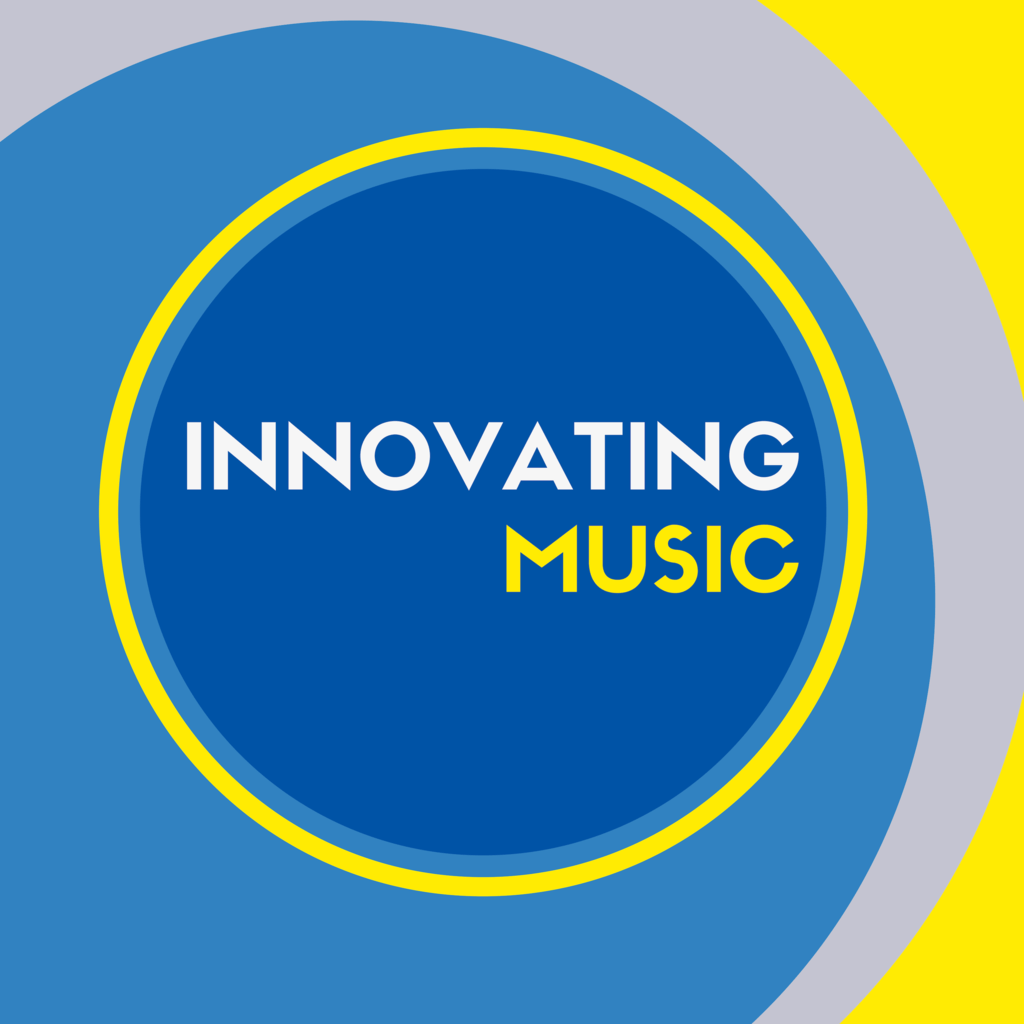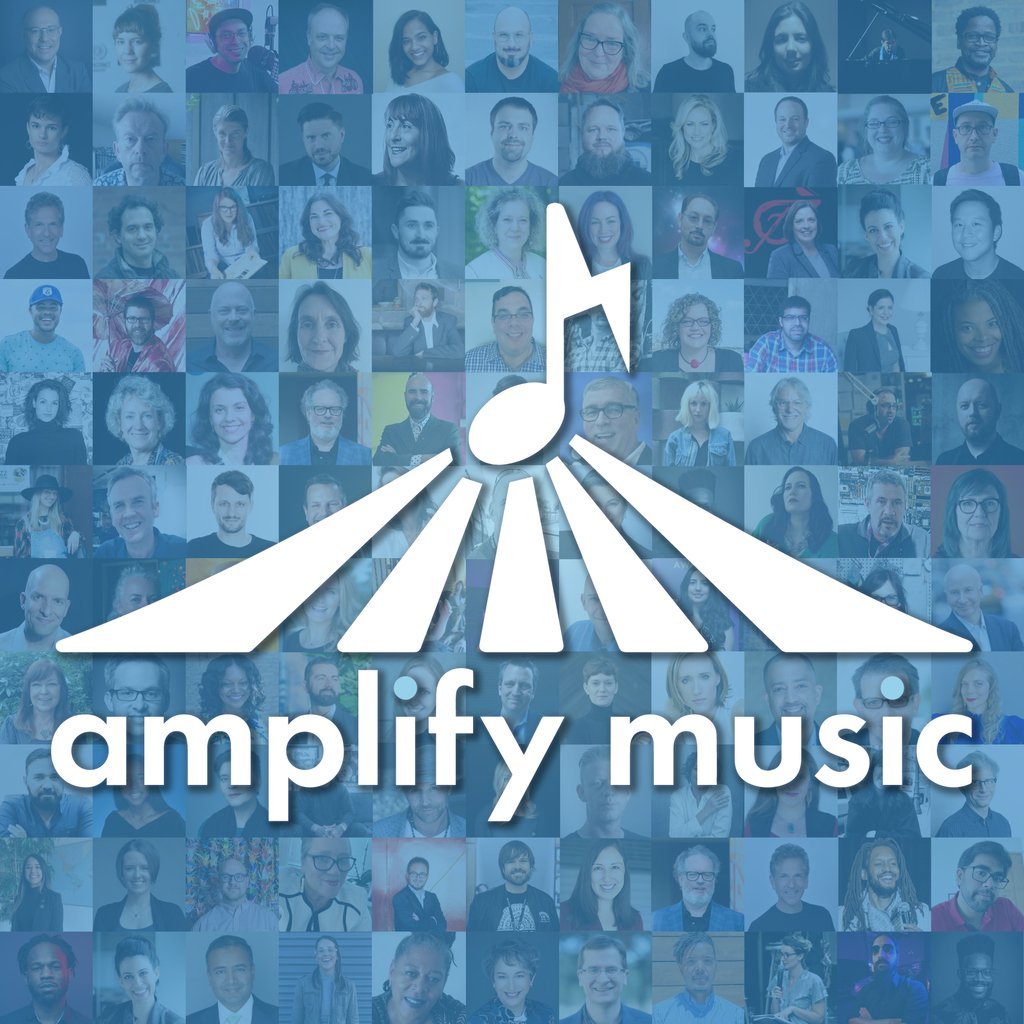Fifth of a Series of Blog Posts from Maremel’s White Paper: Opening Pandora’s Digital Box
Rethinking Creating and “Containers”
Workflow for creation may have shifted to more digital pathways, but most discussions assume a formal media delivery of a finished, locked product. Products have rules based on their media segment, with set delivery dates and SKUs.With content stored in the cloud, the opportunity expands. Creators are not confined to street dates, final publications, and locked definitions of videos, books, music, games, and the like.One example is in the changing book sector. Enhanced books, now being distributed through major online outlets, bring this question to the forefront.
Brian O’Leary, in the 2012
Book: A Futurist Manifesto, specifically questions the “container.” In the past, book creation systems have assumed a specific context of delivery. Books have been designed around a single type of output, delivery date, and life after production. O’Leary calls these assumptions
pre-artifact, artifact, and
post-artifact. He examines the possibilities of what can be re-envisioned if the container is variable, and if the content is created to be able to live socially during production, at distribution, and for its ongoing life.The intriguing concept here goes beyond digital workflow before a product is released, and digital fingerprinting and social media analysis after release in a cloud world. The concept becomes broader. Delivery rules become fluid, separate, and distinct from content creation. A media product, just like web-based software now, could be in perpetual beta. The product can be changed and amended before release and after release, with part of the ownership being updates in content and possibly sequels and extensions. This could be a premium business model, further connecting the consumer with the content creator, or separating them by enhanced re-aggregation. PaaS and SaaS options could be created to be perpetual engagements with multiplatform products, as these begin to blur between categories.If we begin to rethink time-locked containers, we begin to see different delivery mechanisms that may have much longer product life than our increasingly quick velocity of new products being released and spun into history in this current mode of digital delivery.
- Added Value: Blend with Live: Value and relationship with the consumer can also blend cloud-based, connected services with live experiences. Alternative Reality Games, such as 42 Entertainment’s Dark Knight engagement several years ago, blended online and live activities for 18 months. Music has been doing this in its own way already, with an engaging business model. VIP memberships are gaining certain fans integrated consumption of live and online relationships—great concert tickets, premium virtual goods, distinctive merchandise, and live engagements with the artists.
- Added Value: Premium Context: O’Leary also points out that there is a benefit to re-adding context to the content. With books, digital delivery is both stripping away formatting for distribution as well as making some formats more context-driven. iPad delivery looks and feels different than Android. Premium products, off of the same core content, are becoming the norm with distinctive features in different platforms. These high-touch interactive differences by the platform are becoming another ecosystem on top of these cloud deliveries. Authoring tools are in beta to help creative producers and publishers provide high-touch interactive engagement with the same product that they are having to make available to simpler digital delivery methods. Each of these delivery modes, in the meantime, needs a digital workflow to keep all of this straight, before, during, and after delivery.
We already are breaking open the container—the intriguing opportunity here is breaking open its locked nature of being “done” and “alone.” It also can be more than a “movie” or “book,” as we are able to step between definitions – launching interactive book products blending images, video, books, and interactivity as an example if you don’t have to stay in locked format containers.
Conclusion
By bringing content from our hard drives to the cloud, we have the potential to open Pandora’s Box. By having infrastructures and platforms shared with new innovators, we have the potential to blur traditional boxes of delivery and of locked content. By changing our consumption from our own “storage” and “ownership” to “just” the concept of cloud-based storage, we are in the midst of changing habits and attitudes of more than just “buy” versus “stream,” but also of what it means to be distributing, creating, producing, and engaging.Now that we are opening Pandora’s Box, we shouldn’t be startled that consumers find a different type of “hope” at the bottom.
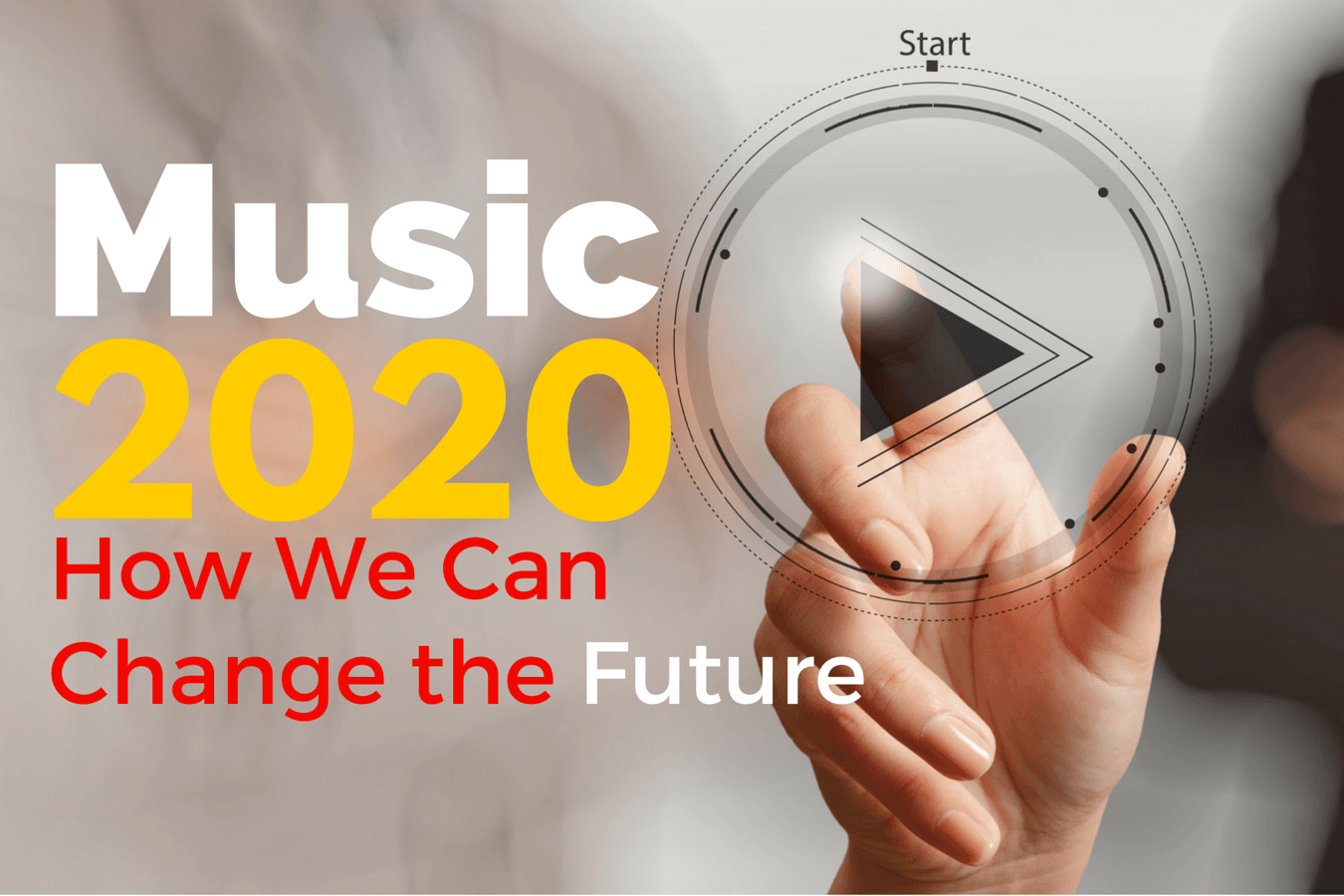
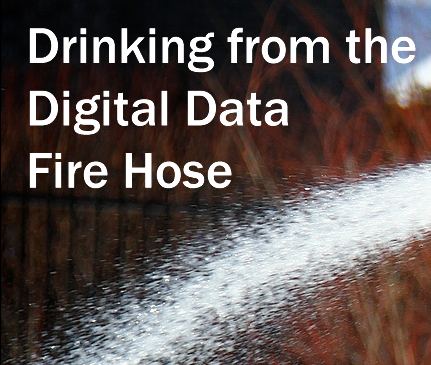
 [Edited April 27, 2014]
[Edited April 27, 2014]